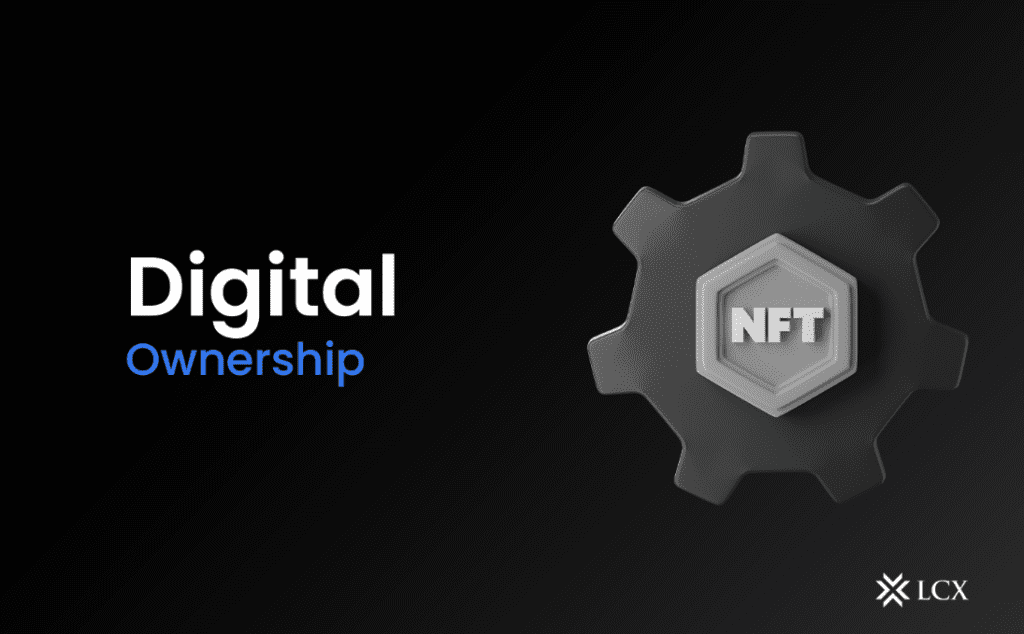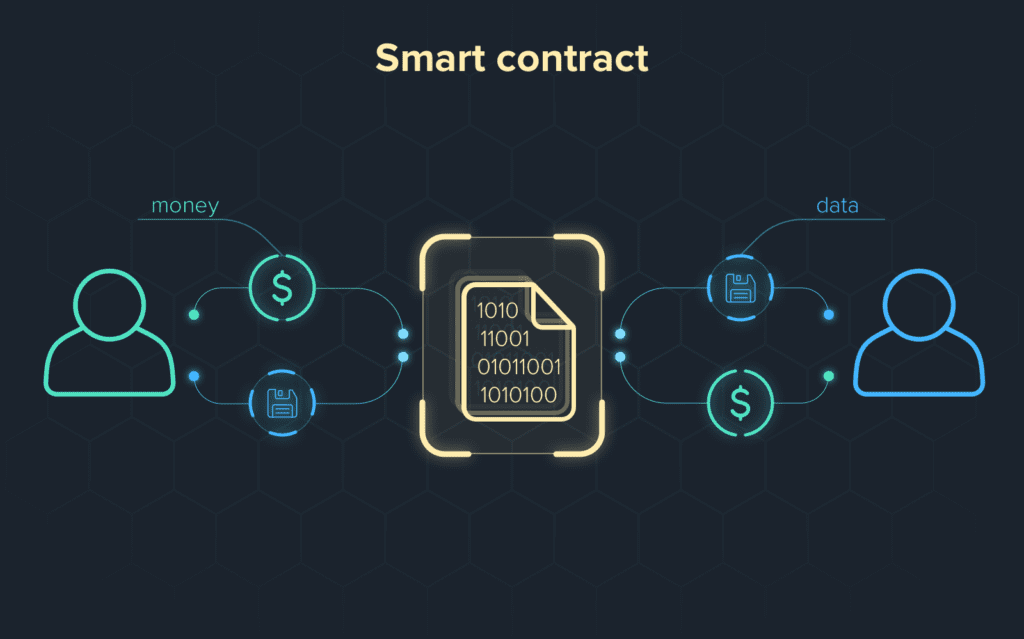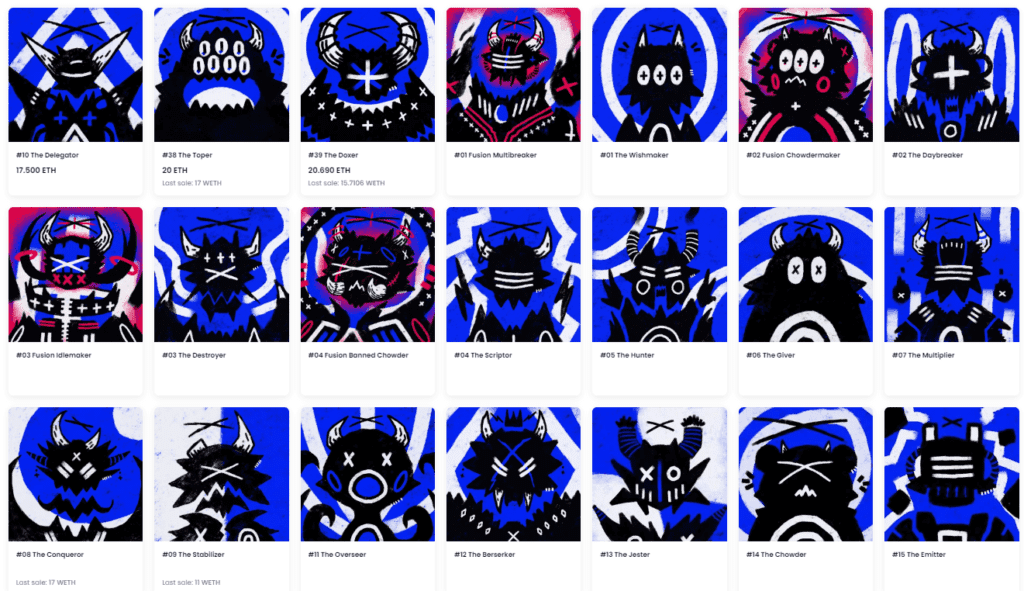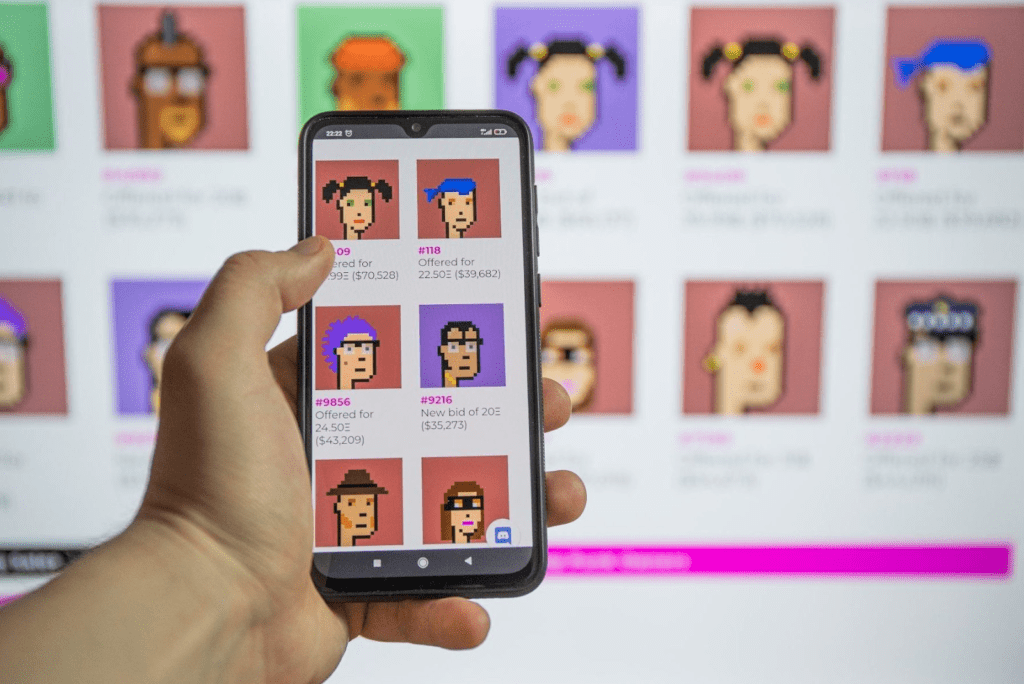We know that digital artwork is here to stay and can be an incredibly profitable market. With NFTs becoming more popular among artists and creators, people are expected to worry about the ownership and uniqueness of their digital assets.
It’s believed that one can simply screenshot a digital art piece, and it will have the same value and authenticity as the original file. But is it actually true?
In this article, we’ll explore whether a screenshot of an NFT can hold the same value as the original file, and why it’s crucial to understand the true nature of NFT ownership.
We will show you how you can protect your digital artworks and avoid getting scammed. Before understanding how ownership works and what protocols protect your digital image, we must understand some basic concepts.
What Is an NFT
If you are a beginner in this universe and don’t know clearly what an NFT is, don’t worry. We got you covered with a quick explanation.
A Non-Fungible Token (or NFT) is a unique digital file stored in a blockchain that can not be replaced by anything else. Different from traditional files, like JPG and PNG, for example, each NFT is unique. This way, while these files can have the same image as the NFT, only the original one has the data and market value.
These Non-Fungible Tokens are protected by something called ownership that is generated through smart contracts. Although they are generally related to digital art files, the NFTs can go from tickets to a show to a digital representation of a physical art piece.
This article is a segment of a more extensive piece. Read more about NFT basics and What Is NFT
What Is Digital Ownership

If you are planning on investing in the creation or purchase of digital artwork for NFT marketplaces, it is indispensable that you understand what NFT ownership is. When you create or buy an NFT, you can claim and prove ownership of the artwork.
This way, the NFT is directly attached to your wallet account, and the blockchain recognizes you as the real owner of it.
This solution was created in the early stages of the NFT art creation process. The main objective was to ensure that even if the asset got replicated or “copied,” it would be possible to track the rightful owner of the original version.
The Main Problem With the Digital Ownership
Although the ownership might be flawless when it comes to problems like NFT screenshots, there are other legal problems that this practice can cause. There were already reported cases of artists that created digital and physical assets and got their works transformed into NFTs without their permission.
By doing this, the ownership of the NFT would go to whoever uploaded the NFT and not the artist. It is like uploading the NFT of the Mona Lisa, and instead of the ownership going to Leonardo Da Vinci, it would go to whoever uploaded the digital file.
What Is a Smart Contract

If you are an NFT enthusiast, you’ve probably heard your favourite creators talking about something called a smart contract. But what is it?
The smart contract is a code stored in blockchain technology. It is responsible for fulfilling a series of actions and it only works as long as both parties agree with the terms and every condition necessary is fulfilled. The existence of this practice allows these actions to happen without the need for third parties involved.
It is also used to automatically generate the digital ownership of the actual NFT. This means that once an NFT is bought or sold, the new owner of the assets will instantly gain access to the ownership.
It is a procedure used since the early adopters of NFTs and goes far beyond digital art. The smart contracts can perform almost any action and don’t necessarily need an image attached to them.
Can You Take an NFT Screenshot

Now it’s time to answer the biggest question. Can you screenshot NFTs without any problem?
The short answer is yes. You can easily screenshot an NFT, whether on desktop or mobile. The owner of the original asset will still have trackable ownership without any problems.
It is a common misconception that if you screenshot an NFT, you steal the asset, when in fact, if you do this, you not just have a simple copy of the original artwork, but it also doesn’t have any real value. Verifying the ownership doesn’t mean that you make the asset “screenshotproof,” but it does mean that you can track the owner of the real asset.
If you plan on entering the NFT trading world, don’t worry about the screenshot issue. Screenshotting NFTs won’t affect your asset.
But What About Tracing or Concept Copying

In the NFT world, there are certain practices that some creators and NFT owners can face that are not simply solved by digital ownership. One of the most common ones is tracing.
Tracing consists in creating new art by copying an original artwork. It can be completely identical or slightly different, with different shapes and colors, for example.
Since it is a “new” asset and not a screenshot from an existing one, the ownership does not affect it. Along with that, it is also common to see copies from famous collections.
Another problem is that people use the same concept and create a collection derived from a project that was already created. The smart contract does not avoid this practice, but the creator of the copy might face legal consequences.
The project is liable for copyright infringement and won’t be inherently valuable. Make sure you are not investing in this kind of collection and are neither planning on creating a project of this kind.
Conclusion on NFT Screenshots

In light of the relatively new NFT universe and the growing curiosity surrounding this form of investment, it is understandable that individuals may feel hesitant to venture into this realm, with concerns arising from the possibility of taking screenshots. However, it is important to note that various features and resources are in place to counteract such actions, dispelling the misconception that an NFT can be easily stolen through a screenshot.
From smart contract programming to the ownership of an asset, everything is projected to ensure the safety of every creator and investor. This means that you don’t need to worry about screenshots or anything like that.
On the other hand, one thing that can happen is copying someone’s NFT. This kind of practice can result in legal actions, so if you see someone selling a copy of your NFT, you can take certain measures against the person selling the copy.
Now that you know how NFTs work and the proof of ownership process, you may consider investing in this world. Whether as a creator or collector, the NFT marketplace is a promising and sought-after investment, with multiple collections released every day.
Take your time learning the basics and start your investments. You don’t need to worry about digital asset screenshots. Everything is projected to ensure the project’s integrity and performance.